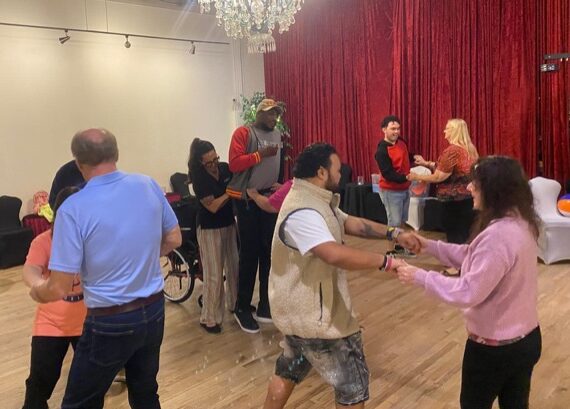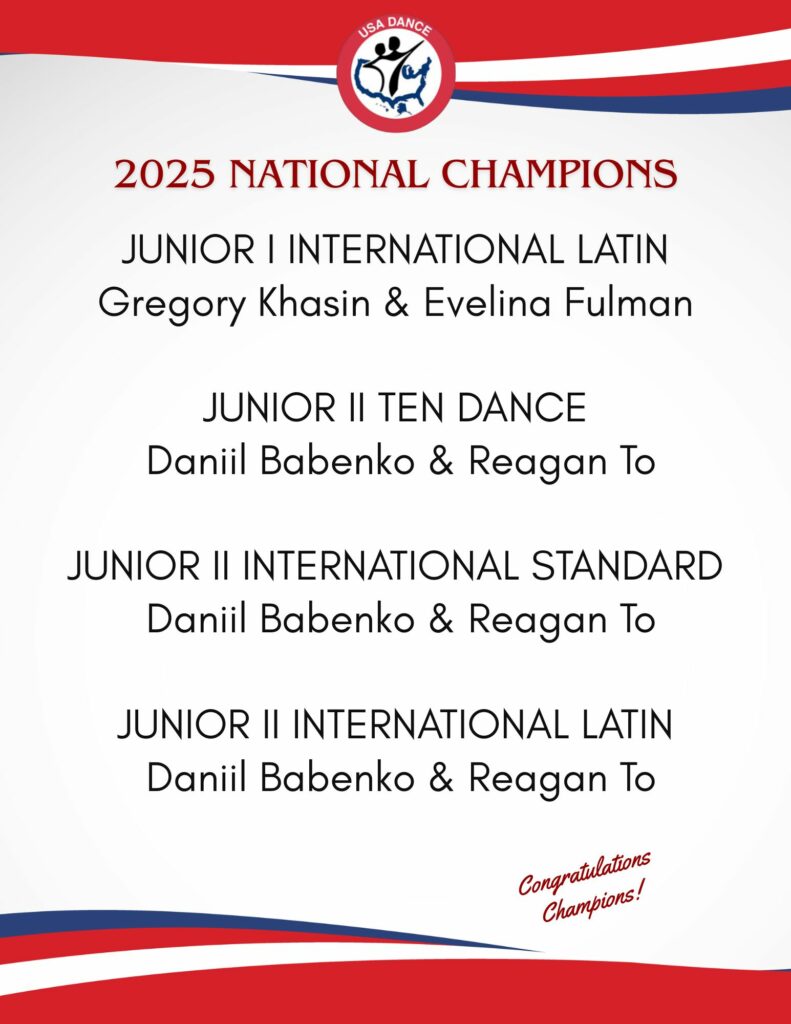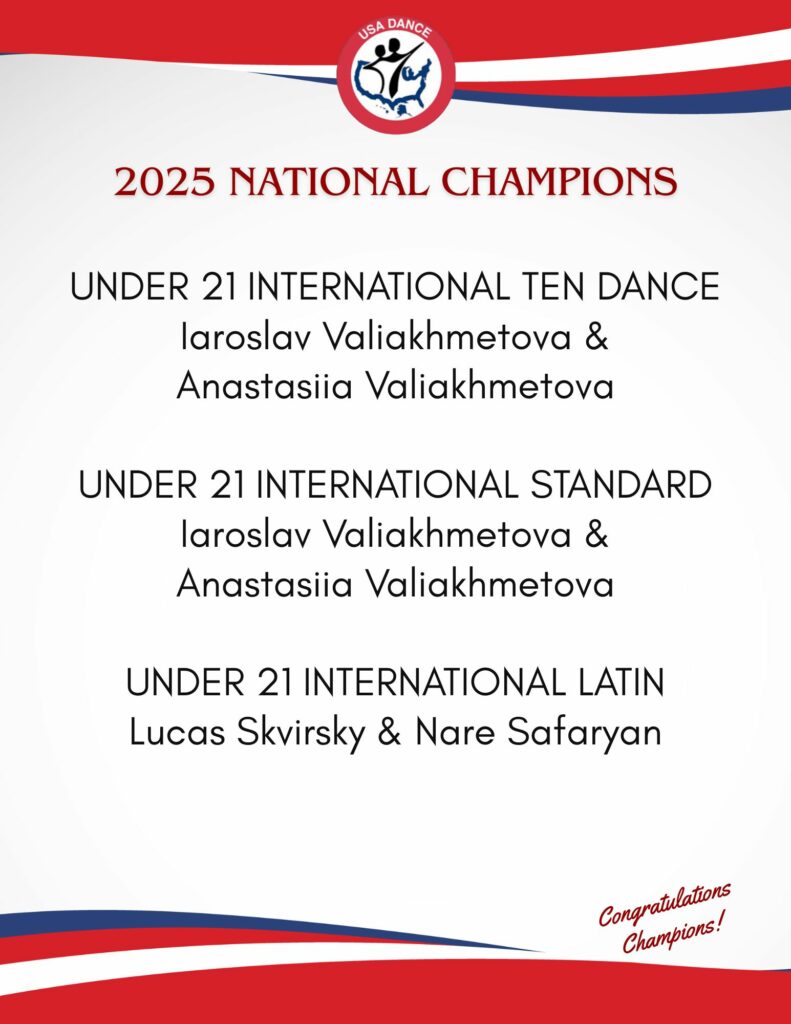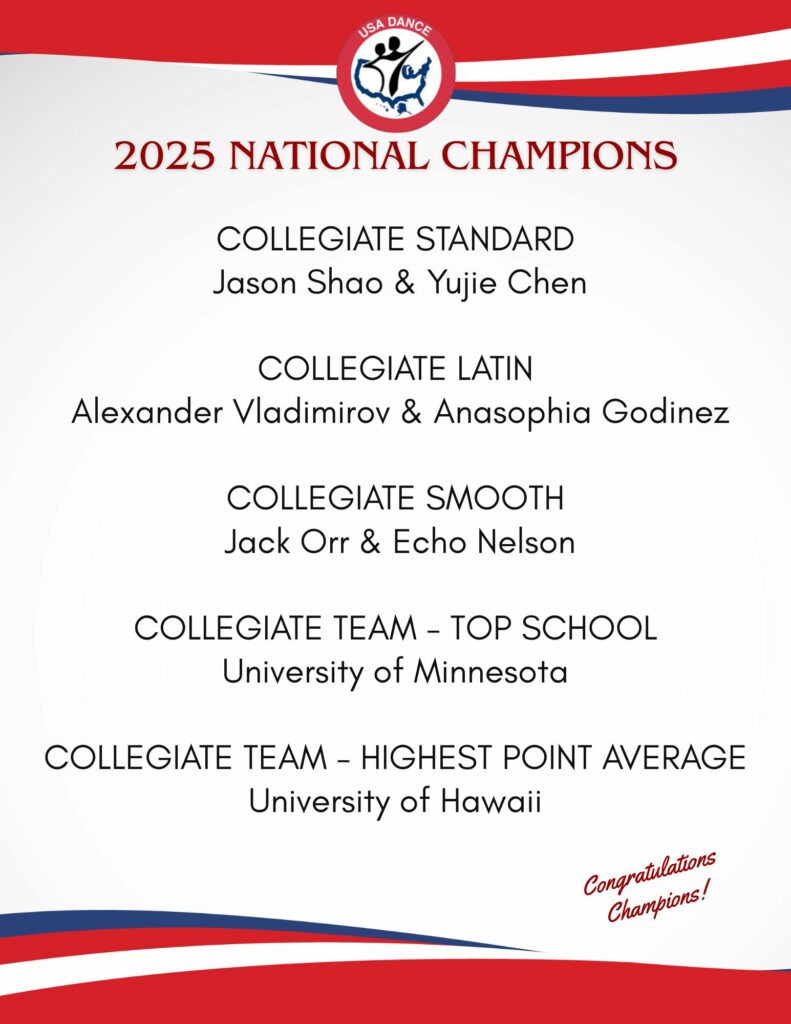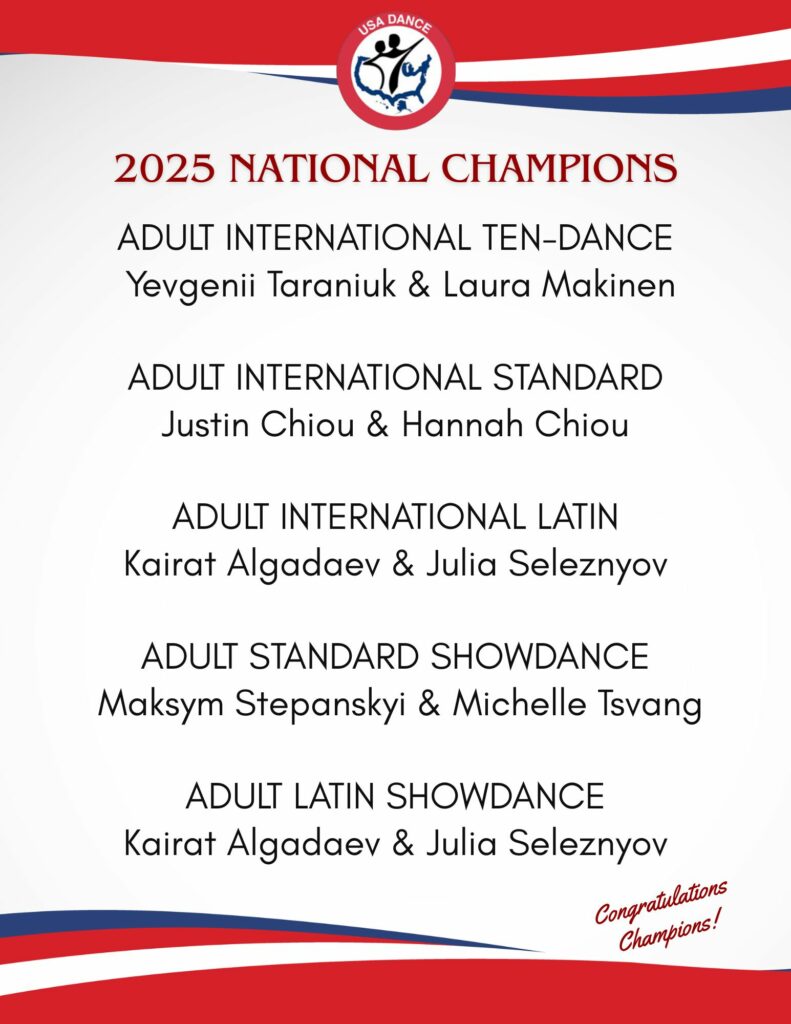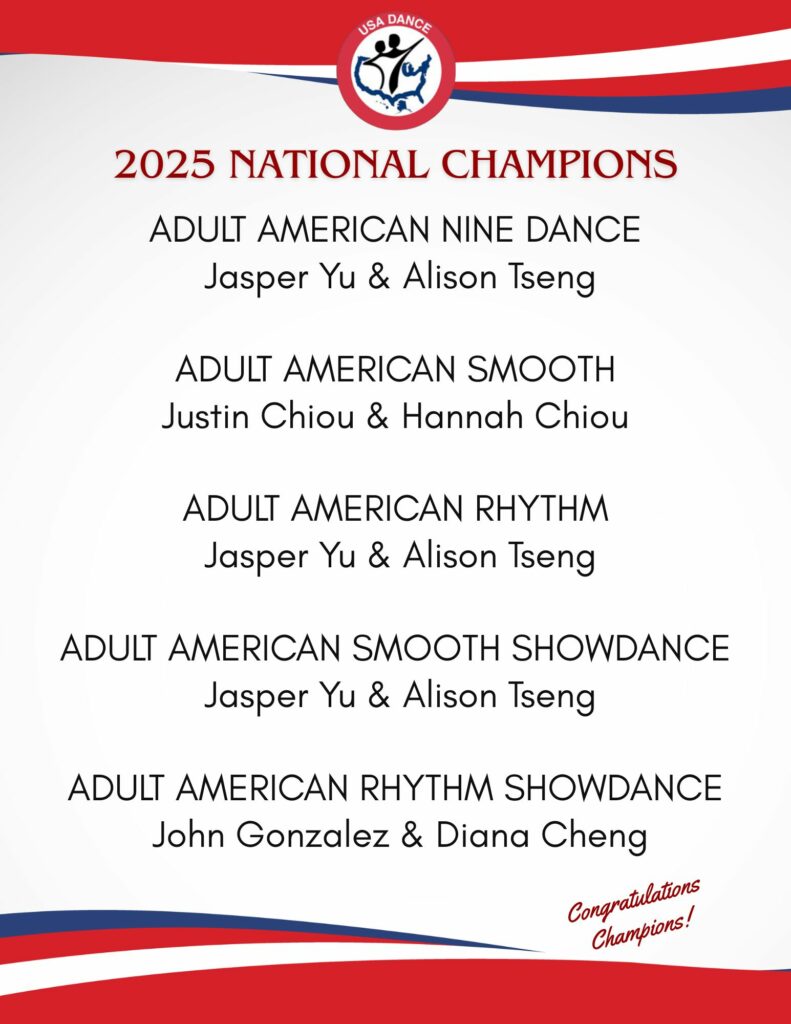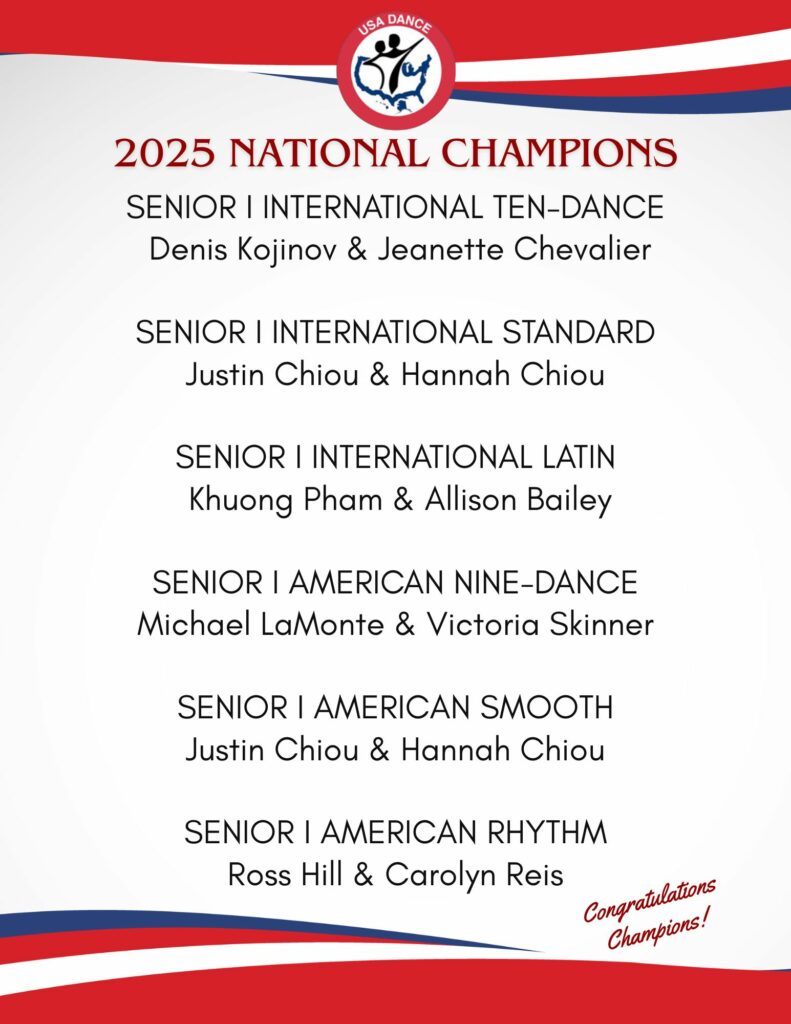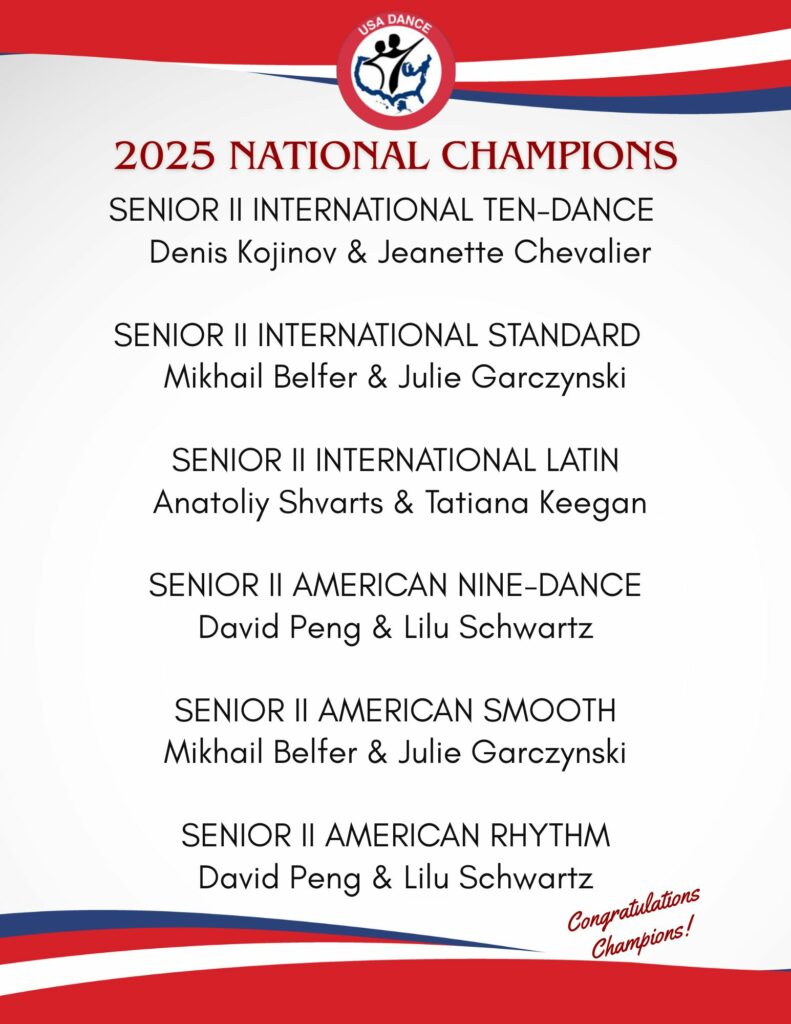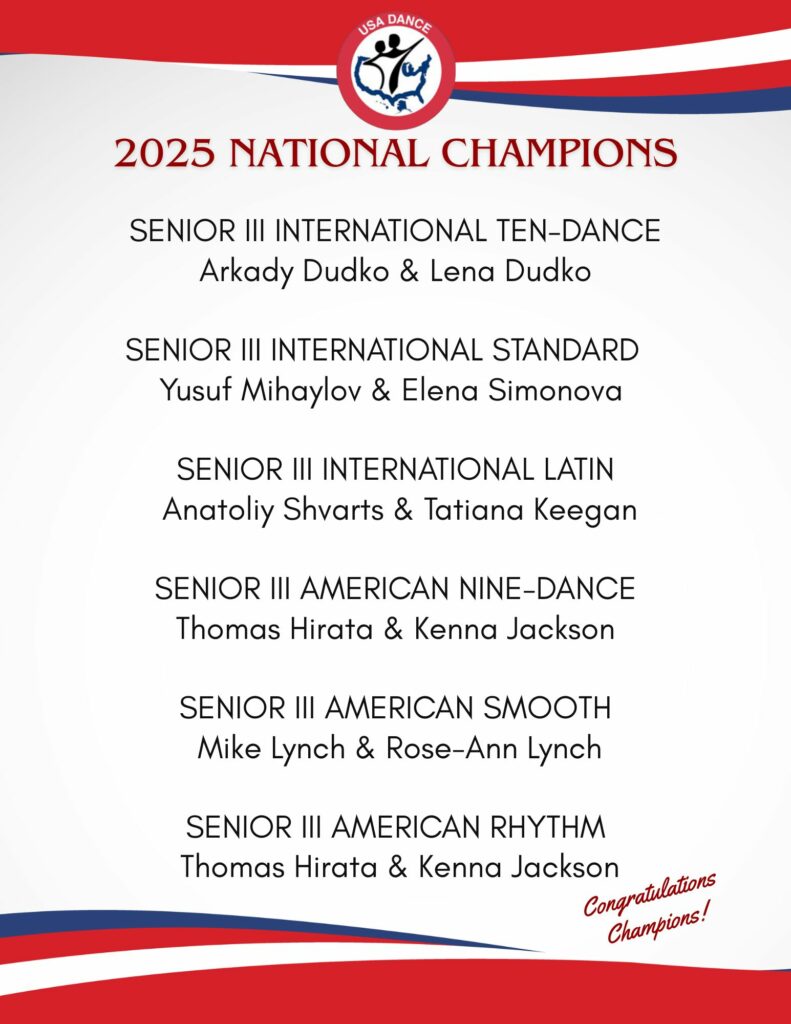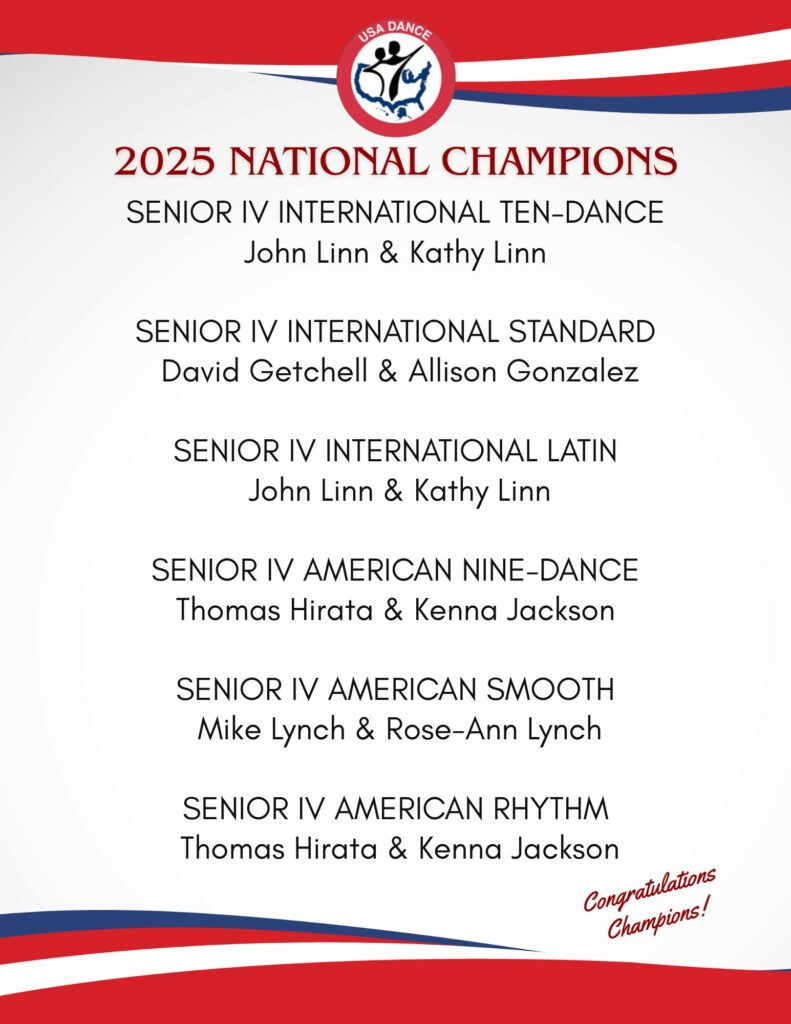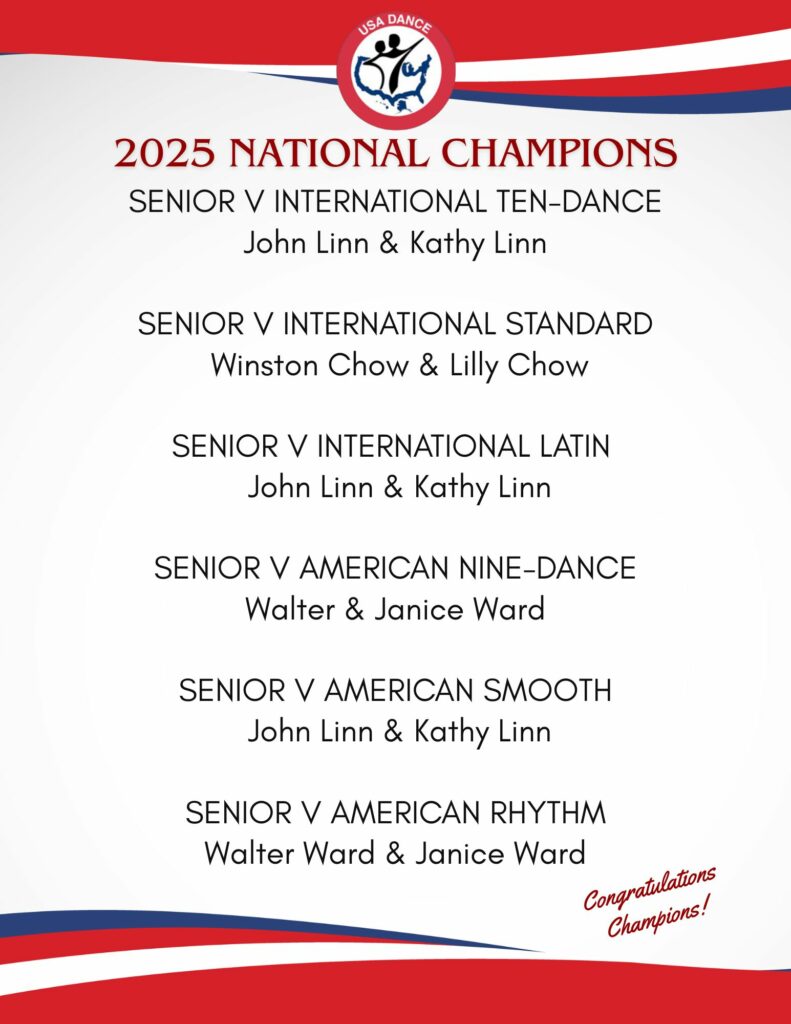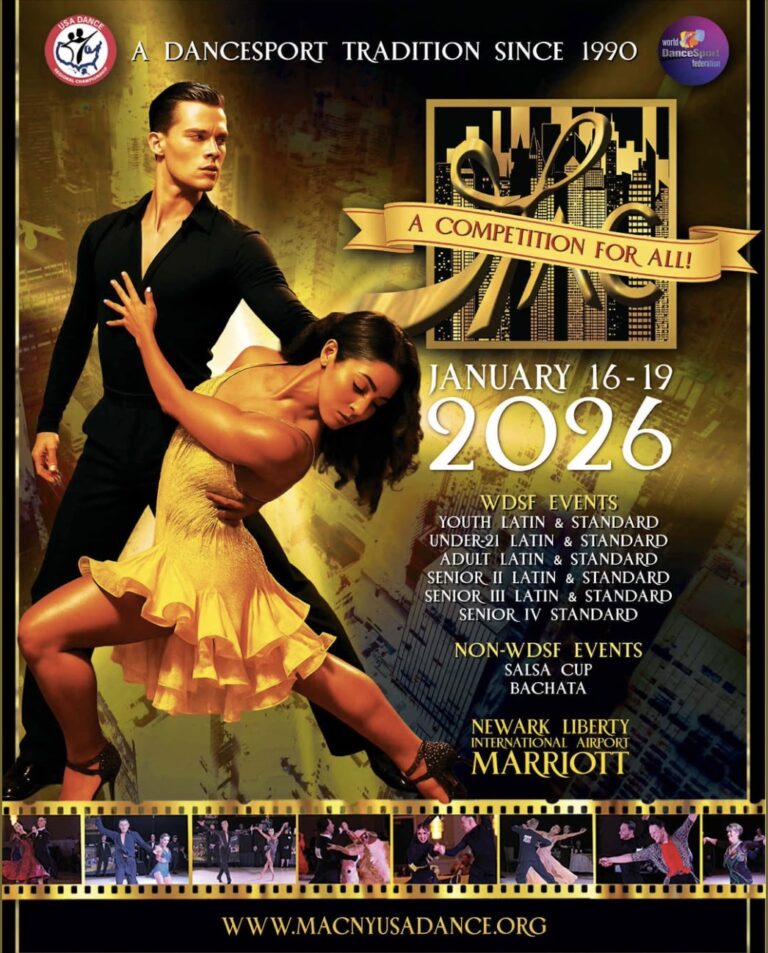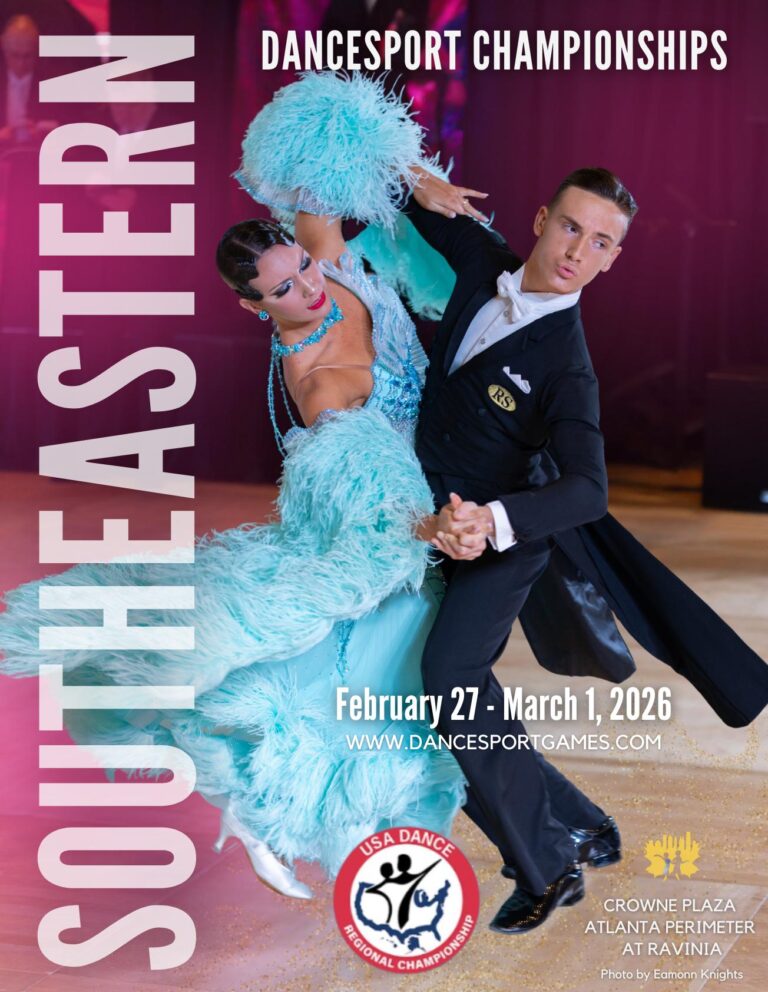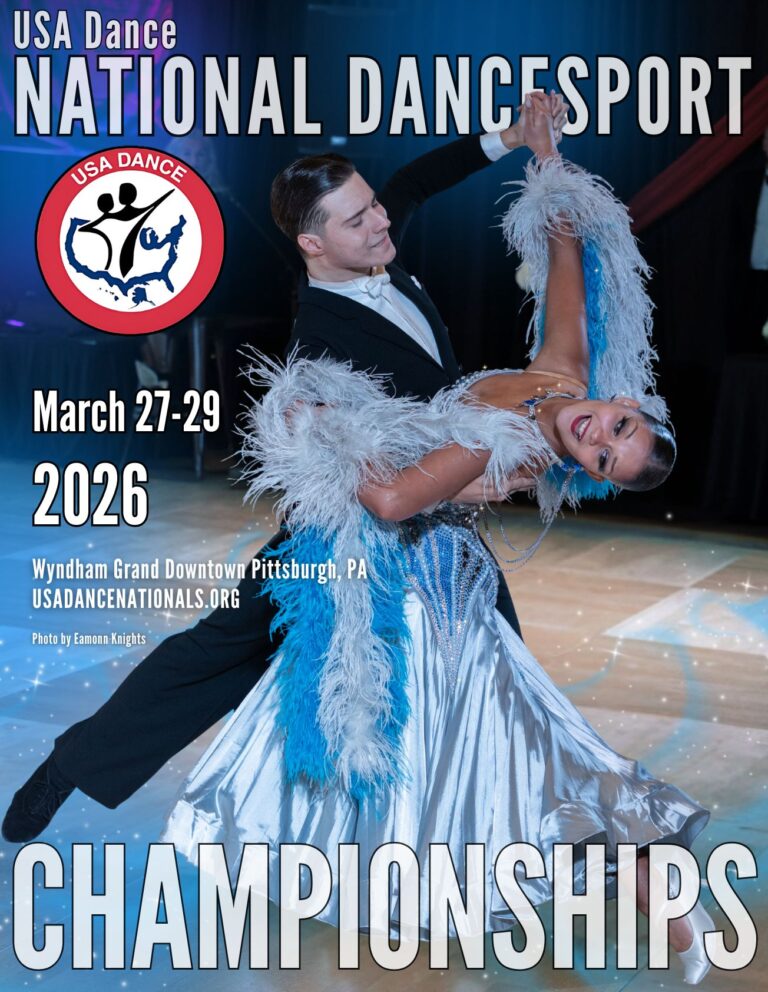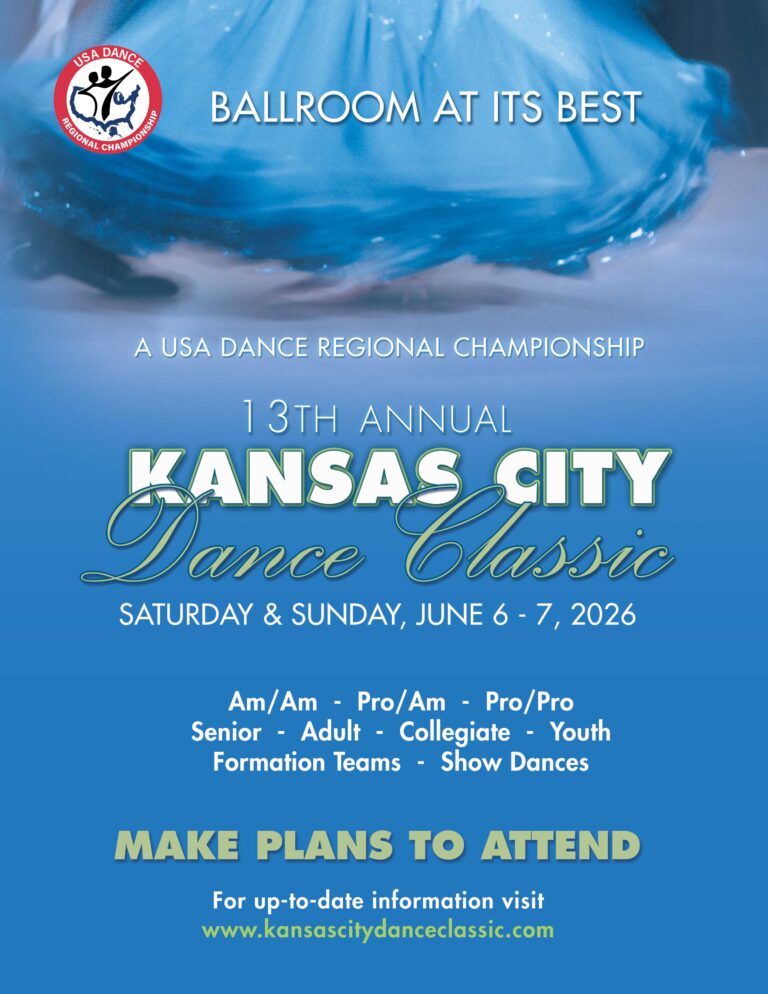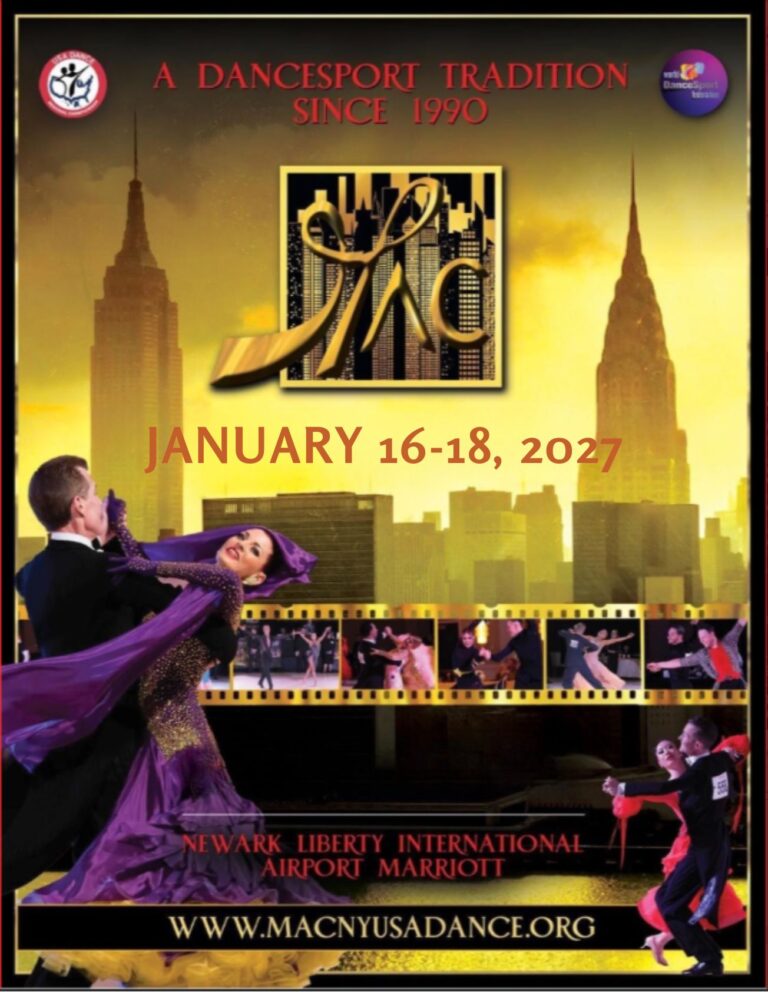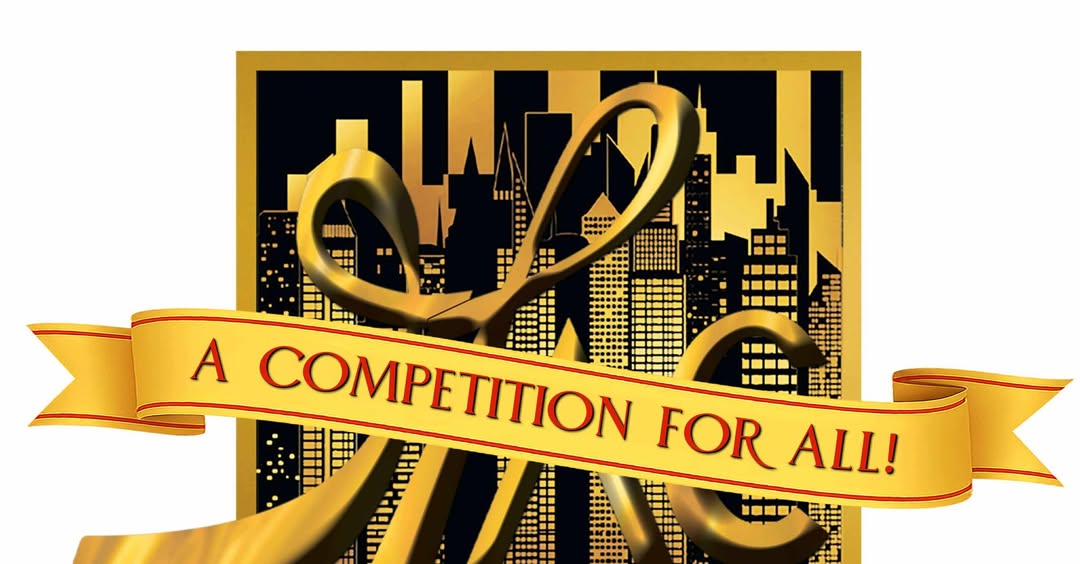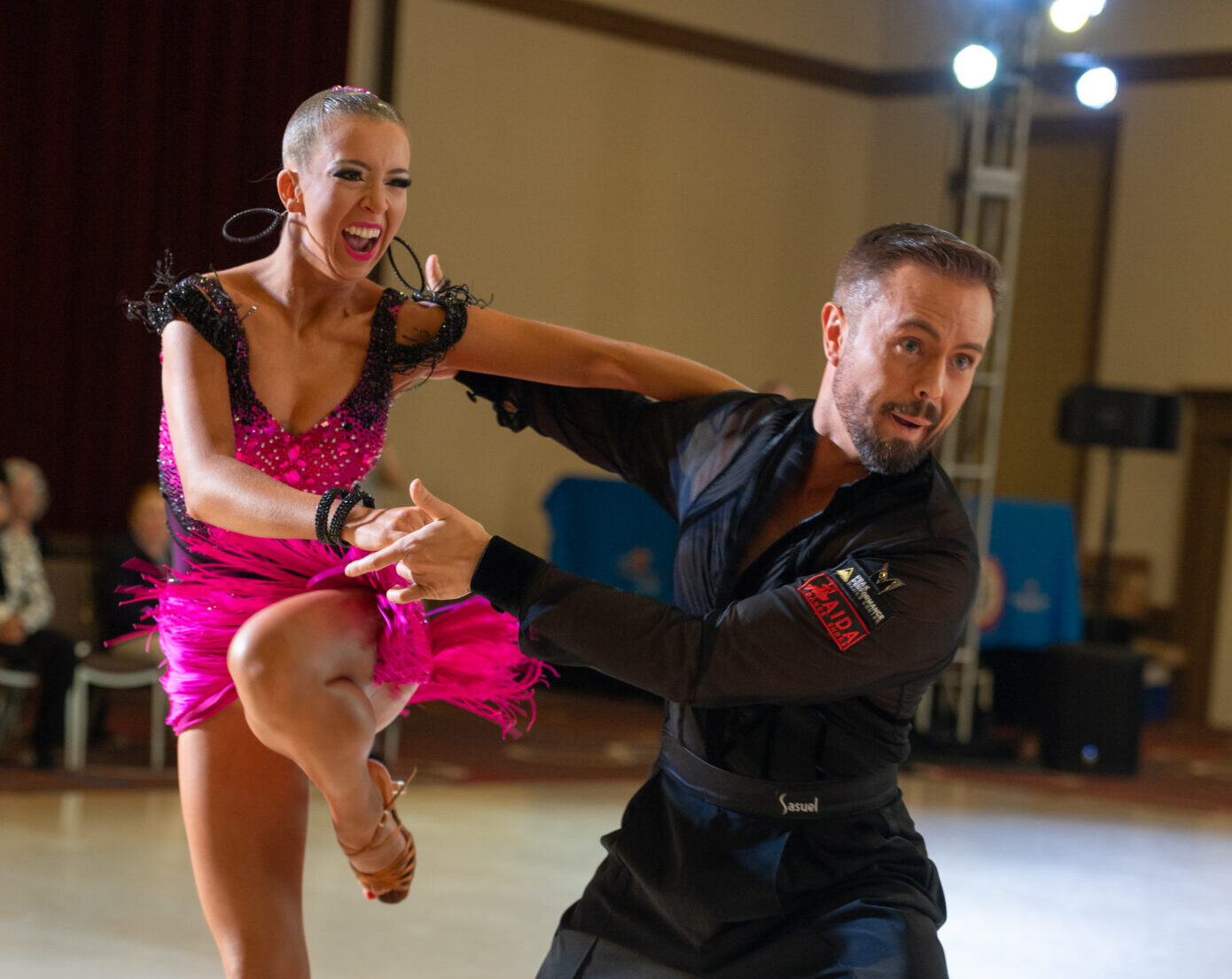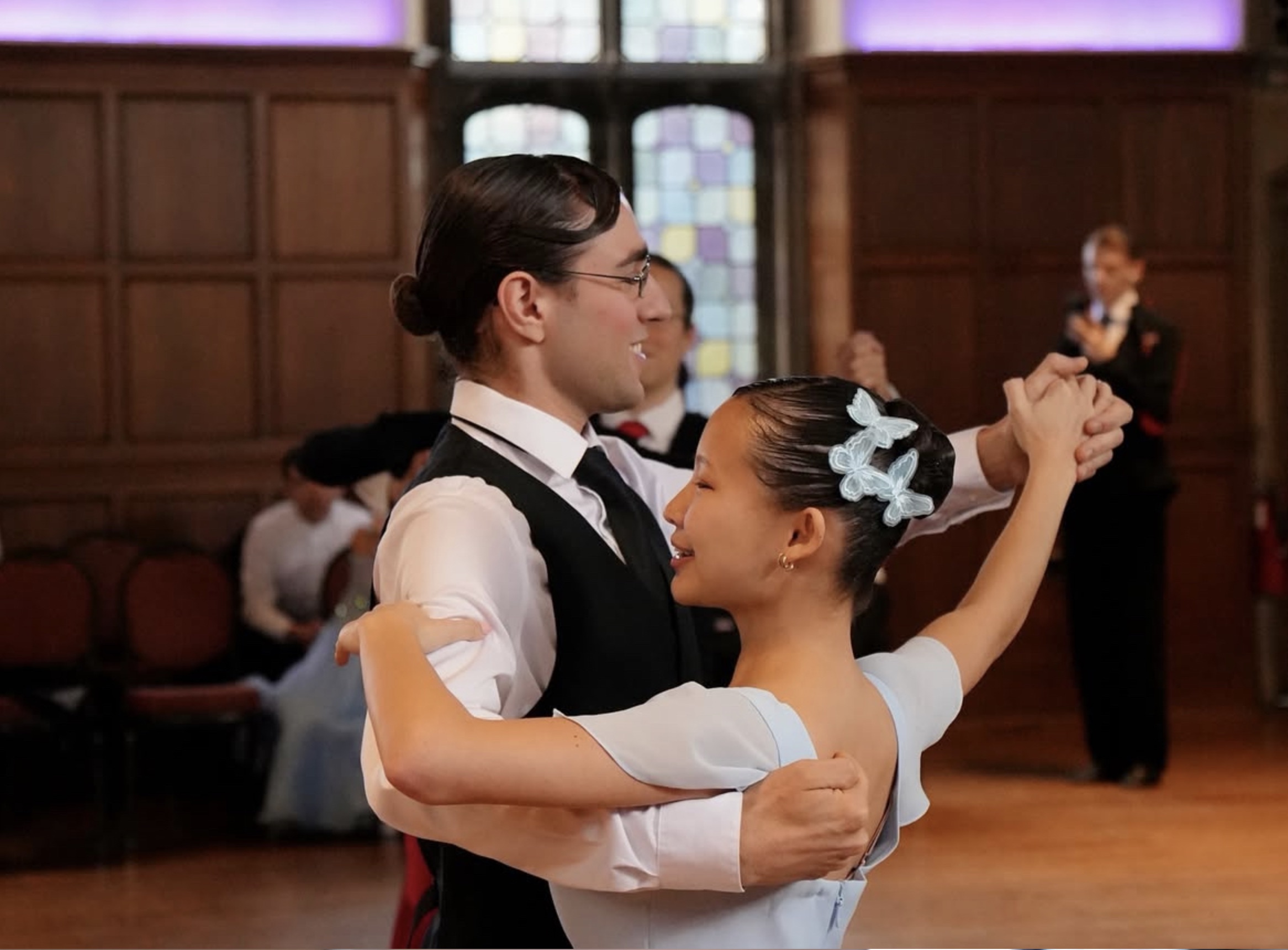Wouldn’t it be amazing if we all stayed young, in pristine physical shape… with the bodies and abilities of triathletes… the stamina of the Energizer Bunny….strength of the Hulk… and flexibility of Gumby? Boy, dreaming is wonderful – but reality sets in and we must accept and dance as we are!
Special Populations
When we talk about “special populations,” this encompasses various physical and mental ailments:
- Physical disabilities such as permanent limitations, temporary injuries, or any limitation in ability, physical functioning, mobility, dexterity, or stamina.
- Sensory or respiratory conditions, neurological disorders, or other medical issues, such as epilepsy, fibromyalgia, or fatigue.
- A wide range of cognitive conditions, such as autism spectrum disorders, ADHD, intellectual or learning disabilities, traumatic brain injury, dementia/Alzheimer’s, or stroke.
- Progressive movement conditions such as Parkinson’s or natural advancing age- or age-related decline (getting older!)
- Emotionally related states such as constant stress, depression, anxiety, or trauma.
- Being a single parent, experiencing a loss, or losing or changing jobs.
All of this can be considered a “special population.” Well, folks, this is our very true, beautiful reality of life. Dancing is not just for the strong and athletic. Dancing is for everyone. Dancing and movement are fun, enjoyable, and healing. Not only were we born to move and dance, but our bodies also need to stay in motion to maintain good health and experience freedom and happiness.
Current research proves that dance develops and improves physical, emotional, and mental functioning by increasing and developing areas in which all individuals can benefit (National Institutes of Health, Harvard Gazette, American Dance Therapy Association, Veterans Administration, Parkinson’s News Today, and ScienceDirect) Dance promotes healthy brain function, enhances memory, and helps ward off dementia. Not only that, but the benefits are countless…and even more so for individuals with both physical and cognitive disabilities.
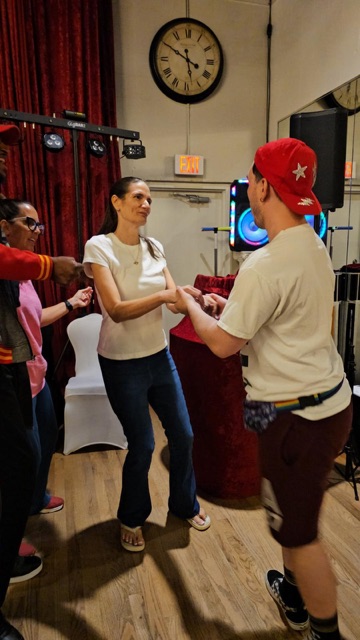
Dance and Movement
Dance and movement:
- Increase fine motor skills, range of motion and muscle tone
- Enhances balance, strength, flexibility, and coordination; improves cardiovascular health, relaxation, and stress reduction
- Boost confidence, self-esteem, memory, and cognitive functioning
- Enhance communication and emotional-creative expression
- Increase cognitive development, focus, attention, and learning
- Improve sensory integration
- Increase social interactions and friendship, which additionally combats the mental health decline associated with isolation, stress, and lack of belonging, including depression, loneliness and anxiety.
Who knew dance does all this?
Unfortunately, there are barriers in our society for special populations, and the conditions that touch each and every one of us in some way. Barriers include social stigma that prevents even acknowledging these needs; a lack of specialized services tailored to all the varying needs; a significant lack of trained individuals to offer adaptive activities (including ballroom dance); financial constraints for individuals, organizations, and families; and a lack of awareness and coordination.
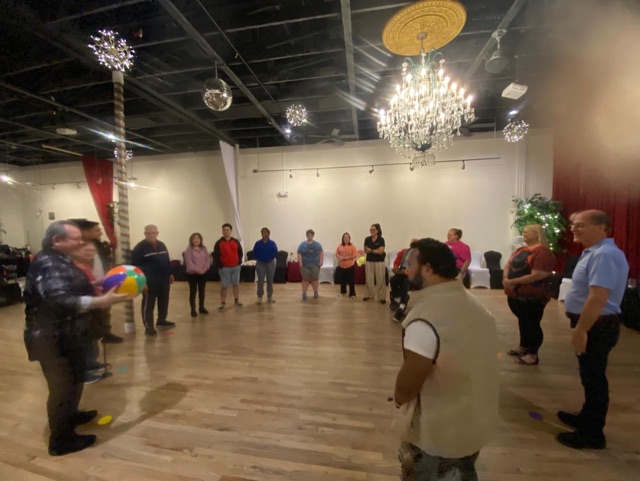
Adaptive Ballroom Dance
Despite this, everyone should have access to the health benefits and the joy of dance and movement. Adaptive dance does this. Adaptive Ballroom Dance offers a unique opportunity for individuals to engage in both social and competitive dance activities. It’s a type of dance instruction that utilizes or modifies techniques and approaches to make dance accessible, achievable, and enjoyable for everyone, regardless of their needs. Adaptive Dance programs are incredibly rewarding, multidimensional, and allow everyone to be accepted and contribute. They are a source of dynamic classes that blend movement, imagination, and artistic expression. There is a strong need for more community and social activities to cater to everyone’s varying needs and abilities, and Adaptive Dance provides an incredibly wide range of benefits.
Specialized training in Adaptive Dance is required for the knowledge necessary to safely and effectively adapt techniques and routines to each individual’s needs and abilities. USA Dance chapters are the perfect vehicle to make ballroom dance accessible and fun for all individuals to experience the benefits of joyful movement and increased physical and cognitive skills. Increasing well-being in this way is not only incredibly empowering but also provides an expressive outlet that enhances emotional, physical, and cognitive health and well-being.
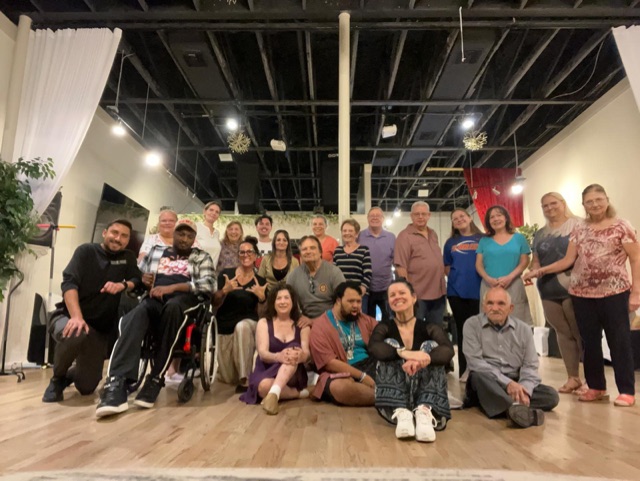
A Call to Service
USA Dance is in a unique position to leverage its talent, community, and resources to expand its reach to all populations and eliminate barriers by raising awareness of the incredible health benefits of dance while offering specialized services to their communities through adaptive dance programs.
More and more chapters are becoming interested in serving their communities in these ways. USA Dance members and dance instructors Joseph Mounts and Jennifer Giblin of JJ’s Dance Fusion have spearheaded this mission in Florida’s Volusia-Flagler County area by becoming Adaptive Dance certified through a program developed as the first of its kind, called Movement Mentor. This is an Adaptive Dance program established and used by a member of the Boston Ballet and Ballet West (Orlando, Florida). Jen and Joe have adapted the Movement Mentor techniques to Ballroom Dance and in 2024 started facilitating Adaptive Dance groups twice monthly in their studio for a local organization serving special needs — Halifax Brooks Rehabilitation (Classes are held every month on the 2nd Thursday & 4th Monday.)
Jen Giblin is a mental health counselor trained in dance therapy with extensive experience working with special needs populations and in project coordination. She is spearheading the development of an Adaptive Ballroom Dance Program through her local chapter, the Greater Daytona chapter #6026. Joe Mounts is a renowned ballroom dance instructor with over 38 years of experience, trained in more than 45 dance styles and various syllabi. Both have cared for family members with special needs and regularly incorporate movement adaptations in their individual and group dance lessons, making dance accessible and enjoyable for everyone through their unique, inclusive teaching style.
Jen and Joe are passionate about spreading the joy of dance and movement and are excited to offer Adaptive Dance to their community. Additionally, Jen is passionate about supporting USA Dance chapters with the guidance on framework, training, and support necessary to develop their own Adaptive Dance programs for their communities. As a USA Dance community with a mission to spread the joy of ballroom dance – let’s all work to make the joy of Ballroom Dance inclusive and accessible to everyone!

